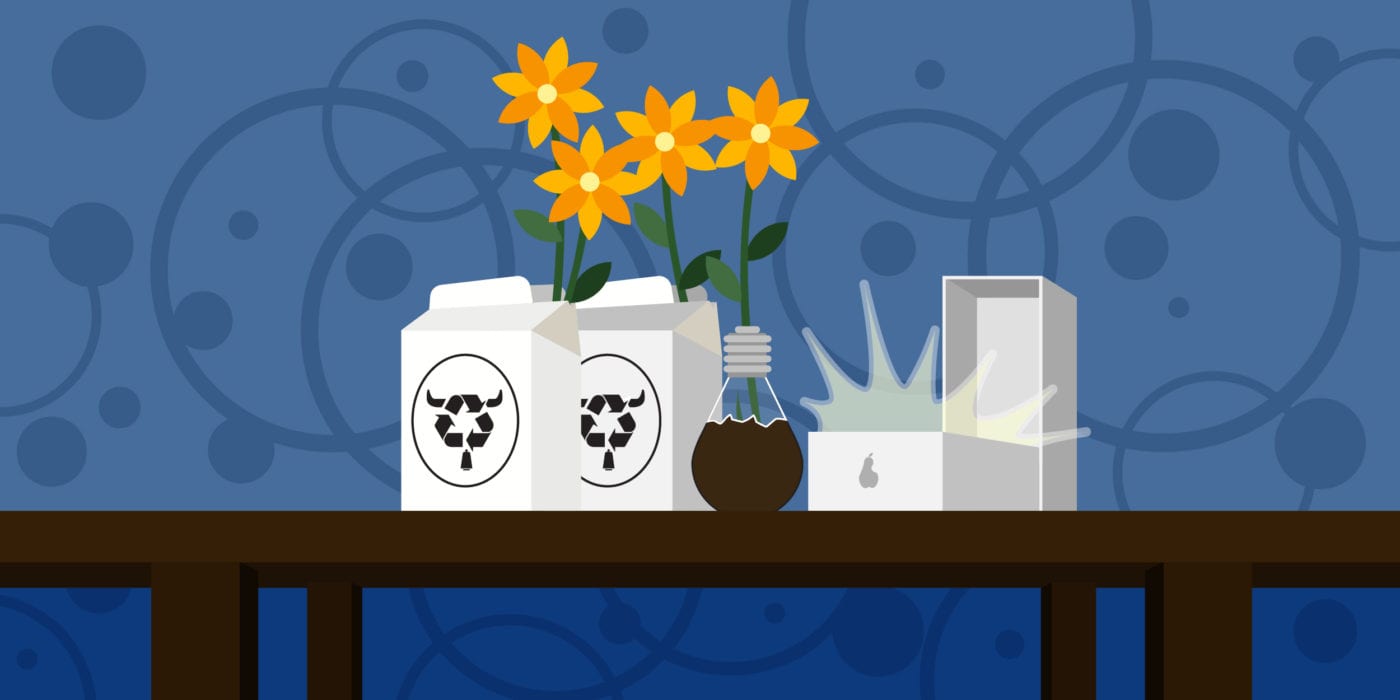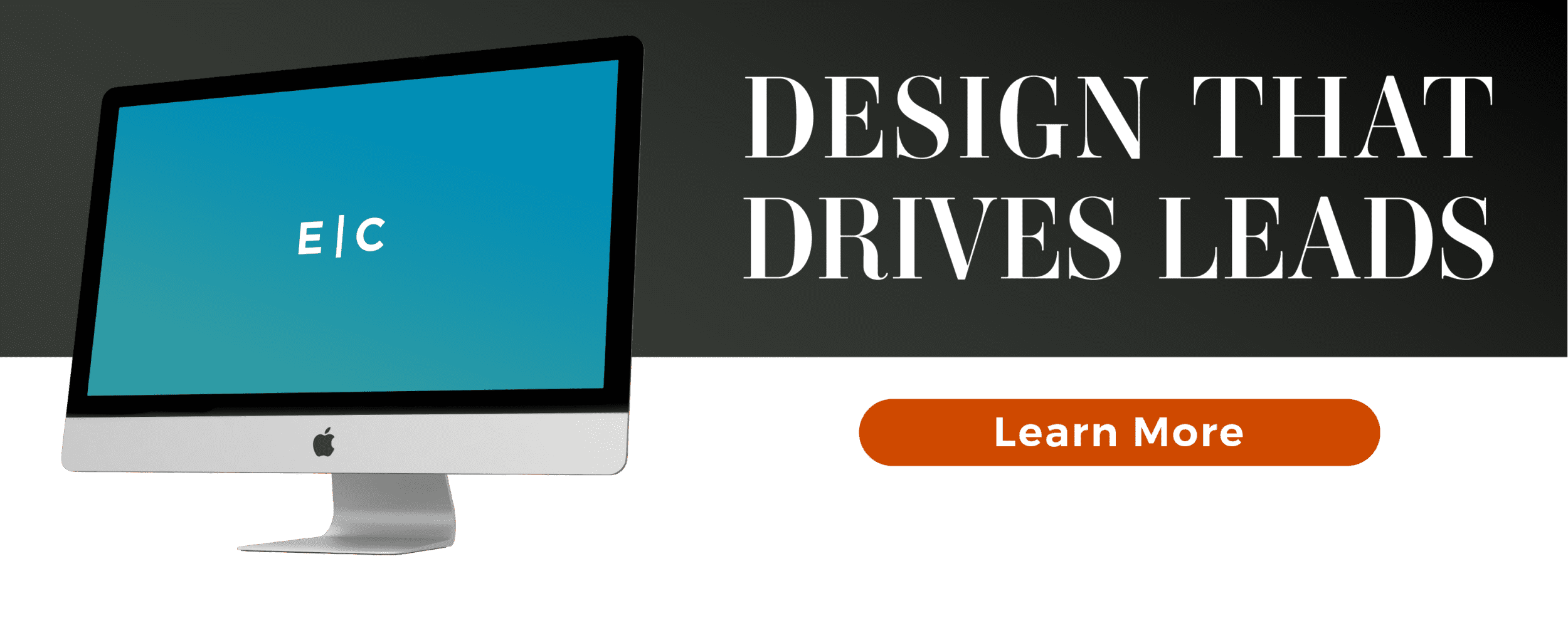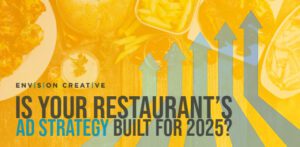Is sustainability cool? Well, Gen-Z, Millennials and the ocean sure think it is. Did you know that about 73% of Millennials and members of Generation Z are willing to spend more money on products if they are sustainable? This is one of the reasons why your company should make it a goal to shift to sustainable packaging.
As consumers, we have countless options at the palm of our hands and will actively seek out companies with values that align with ours, which for many of us means companies who produce sustainable products.
By 2020, Gen Z will make up 40% of US consumers and we already know that Millennials combined spend about $600 billion in the United States each year.
With purchasing power as great as these two generations have, you can’t ignore the marketing potential.
If saving the planet isn’t an attractive goal, what about increasing your sales?
Regardless of your overall goal, switching to more sustainable packaging is good for the planet and good for your bottom line. The following tips will help get you started in incorporating sustainability into your brand as well as sharing some examples of sustainable packaging our designers love really love.
Make your packaging from recycled materials
To start you want to make sure that your packaging doesn’t contribute to the massive amount of waste produced by humans and companies all over the world. Packaging that isn’t recyclable ends up sitting in a landfill for centuries or ends up in the ocean, where it destroys coral reefs and can harm and kills various types of wildlife.
Lush is doing their part in tackling the plastic problem. All their packaging is made from 100% post-consumer plastic. In 2015, they realized they could reduce the thickness of each bottle by 13% and avoid using about 13,600 lbs of plastic that year alone. The pots and bottles can either be recycled through your city’s recycling program or if you bring five clean pots back to the store you get a free face mask. They are then chipped down and remodeled into new black pots, making it a closed recycling loop.
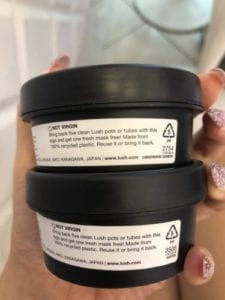
I love LUSH for doing this. This a perfect example of how when a company’s values align with mine I am willing to spend more money on products I could get elsewhere for cheaper. Now, not only am I a returning customer, I am a brand advocate.
Eliminate unnecessary plastic packaging
Have you ever walked through the grocery store and seen fruit wrapped in plastic or ordered something small from Amazon and it’s delivered in a massive box with excessive shipping materials? You probably see this every day and either it really grinds your gears or you’ve become so accustomed to it you don’t notice.
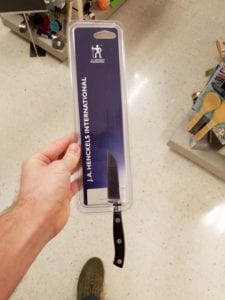
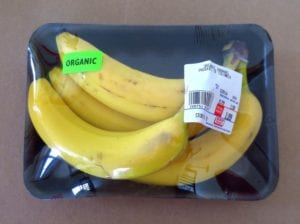
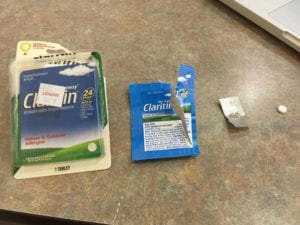
Does seeing this make you angry? Well, it should. The good news? There are companies that are working towards eco-friendly solutions. For example, a supermarket in Thailand is ditching plastic packaging for banana leaves.
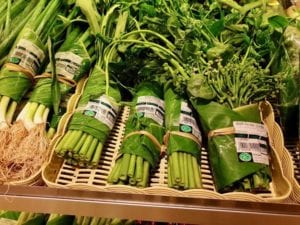
Pela’s Phone Cases are 100% compostable, but one of the things our designer Daniel finds to be the coolest is the almost non-existent packaging it arrives in. Pela’s goal was to eliminate the packaging to further reduce unnecessary waste, which is why it comes in a sleek, stylized envelope.
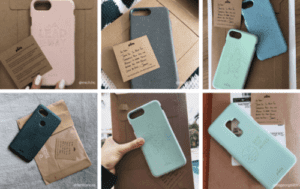
Carlsberg Beer is killing it in the sustainable packaging game. In 2018, the brewery announced that they would be replacing the plastic rings that hold beer cans together with “innovative glue technology.” The glue is strong enough to keep the beers stuck together, but a simple twist will snap them apart.
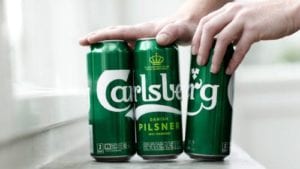
Make your packaging reusable
What do we want? No more single-use plastic! When do we want it? Now!
It is estimated that humans produce over 300 million tons of plastic every year, 50% of which is for single-use purposes.
Designing your packaging for reuse not only prevents waste, but it also helps eliminate the need for consumers to buy additional goods that may not be eco-friendly. Many companies use containers or bags that can be reused after their original use like Free People and Lululemon.
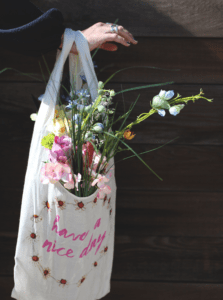
Procter & Gamble recently announced that their Olay Regenerist Whip moisturizer will sell in refillable containers as part of a three-month test, the goal being to reduce their plastic waste. The moisturizer will be sold in a package that contains a jar of cream and one refill pod. The pods will be sold and shipped in a container made of recycled paper. P&G decided to test this out because they want their brand to be more attractive to Millennials and Gen Z consumers who are especially concerned about the environment.
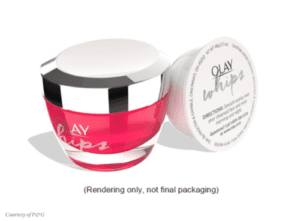
Loop is probably one of the coolest services I’ve heard of in a while. How it works is you shop online for brands you know and love to be delivered to your house. Your package arrives in their Loop Tote without cardboard boxes, bubble-wrap, and single-use shipping materials. When you finish your products, all you have to do is place them back into the tote and schedule a free pickup. The packages arrive back to Loop where they are cleaned and prepped for reuse. And it gets better – there is no monthly membership fees or subscriptions, just a small fully refundable one-time deposit to borrow the tote.
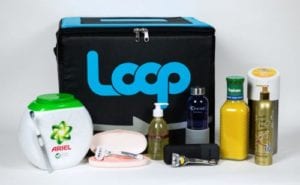
Pretty cool, right?
Make your packaging biodegradable
It’s estimated that only nine percent of the plastic in the world is actually recycled. And while plastic can be recycled and the material can be used in other products, it’s worth noting that plastic is not biodegradable — it takes more than four centuries for plastic to degrade, and even then, it will never completely breakdown. If you want to be truly sustainable you should replace the use of all plastic materials in your packaging with biodegradable materials.
Globally, 80 billion plastic bottles are produced each year and 80% of them end up in the ocean and landfills that will then take 800 years to biodegrade. This is where 360 Paper Bottles comes in. They are made from 100% renewable resources and are a true environmentally-friendly solution to the plastic water bottle problem.
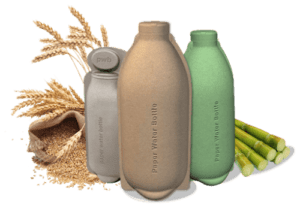
Igloo Recool Biodegradable Cooler is awesome for many reasons. It’s biodegradable, reusable, and replaces styrofoam alternatives while maintaining the same price point. And it even has a cup holder on the lid.
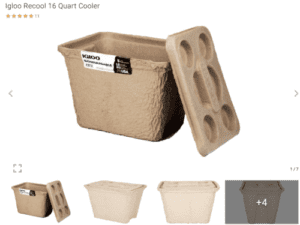
Sustainable packaging our designers love
Maybe you’re thinking, “Well, I like the idea of sustainable packaging, but don’t like the classic recycled paper packaging look.” Here are some examples of form and function working together to create cool designs.
HiBar Solid Shampoo is a new innovative product which is a brilliant idea to solving our single-use plastic problem. It is entirely plastic-free and every part of the material is recyclable, compostable, or biodegradable. Sustainable packaging tends to be very dull and brown, so the addition of color is a nice change. The packaging is also very clean and modern, the perfect combination for an attractive product.
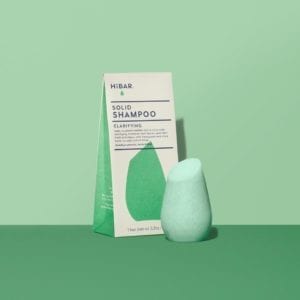
PATCH Bamboo Bandages have a nice clean design, which definitely has a “shelf-appeal” in comparison to other band-aid brands. In addition to the cool design, it’s plastic and toxin-free, animal-friendly, and 100% compostable. The bandages even have a design with pandas on it (because who doesn’t love pandas?) and all of the containers can be reused afterward.
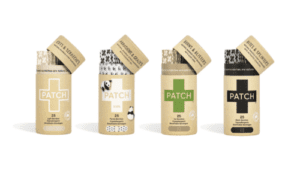
Vericool, a compostable insulation and recyclable cold-chain packaging solution has partnered with Dream pops, a vegan frozen treats company. The boxes have a sophisticated, minimalistic design and are 100% compostable.
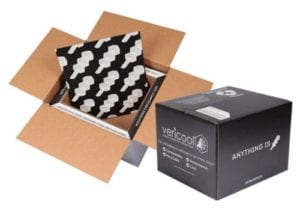
Don’t get left behind
A new report by the Ellen MacArthur Foundation calls for global companies to be more transparent with their plastic footprint and to do more to tackle plastic pollution. More than 150 companies have signed up to commit to reducing plastic waste including Nestlé, Coca-Cola and PepsiCo.
Coca-Cola has revealed for the first time that they produce 3 million tons of plastic each year. That’s the equivalent to 200,000 plastic bottles a minute.
This year, both Coca-Cola and PepsiCo announced that they aim for 100% of their packaging to be made from recyclable, compostable or biodegradable material by 2025. If massive corporations can make the commitment to reducing plastic waste, you can too!
Gen Z and Millennials care equally about our individual environmental footprint as we care about the footprint that brands are leaving. This isn’t just smaller, niche brands making a change, this is a revolution. If your company is unwilling to make the shift to sustainable packaging, it will get left behind. These two generations have no problem boycotting a brand because they stand for something or behave in a way that is against our values.
The TL;DR on Sustainable Packaging
Sustainable packaging is more than just a hipster fad, it’s a movement towards cleaning the planet we live on by reducing the amount of trash and waste we create. It is finding solutions to work with our cultural consumerism. Using sustainable packaging will not only help reduce the negative impact on the environment, but it can also help improve the perception of your brand by positioning your company as a supporter of sustainable practices.
Want to hear more thoughts from our designers? Check out these innovative packaging designs they love.
-FINAL(01-00)-White&Blue-01.svg)
